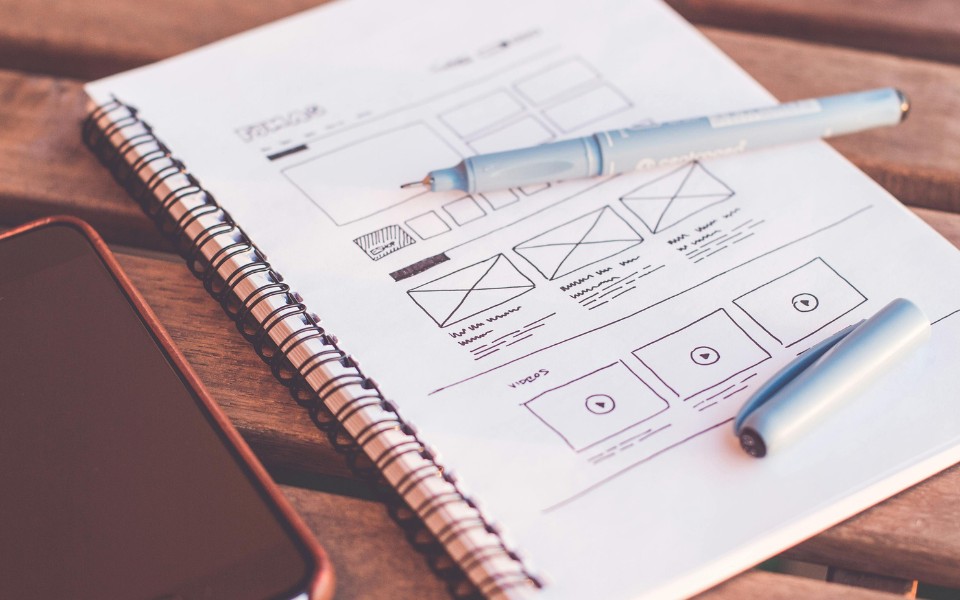The convergence of cognitive science and UX is bringing about a revolution in the rapidly changing field of digital design. Utilizing our knowledge of how the human brain processes information, emotions, and interactions, neurodesign is a technique that incorporates psychology and neuroscience into UX design. The objective is to design intuitive, captivating, and emotionally impactful digital experiences in addition to being useful.
The Science of Neuro design
Cognitive psychology, neurology, and behavioral science are the foundations of neurodesign. It focuses on how people view and use digital interfaces, considering elements like:
The brain’s ability to comprehend information at any given moment is known as cognitive load.
Cognitive Load: To lessen cognitive overload, UX designers employ chunking strategies, simple interfaces, and distinct visual hierarchies.
Visual Perception: How people look at and understand design components. Users follow F-patterns and Z-patterns when reading text, according to eye-tracking studies, which helps designers optimize layout.
Emotion and Decision-Making: Studies on neuromarketing reveal that user decisions are significantly influenced by emotions. User engagement can be increased by using colors, Typography, and micro-interactions that elicit emotional reactions.
Important Neurodesign Concepts for UX
1. Brain-Friendly Simplicity
Consumers want interfaces that are easy to use and don’t demand a lot of mental processing power. Usability and retention are increased by removing superfluous features, making good use of white space, and maintaining simple navigation.
2. Attentional Cues and Visual Hierarchy
Images are processed by the human brain more quickly than text. To draw the user’s attention to crucial components, like call-to-action buttons and crucial messaging, designers employ contrast, size variation, and placement.
3. The Influence of Font and Color
A key factor in emotional response is color psychology. For example, red arouses haste and excitement (popular in retail and entertainment), while blue inspires calmness and trust (commonly used in fintech and healthcare). Similarly, typography influences perception and readability; serif fonts communicate tradition and trust, whereas sans-serif fonts tend to feel clean and modern.
4. Dopamine Triggers and Micro-Interactions
Users are kept interested and content by incentive-based interactions (such as progress indicators), little animations, and hover effects, which appeal to the brain’s reward system. For instance, dopamine-driven interactions such as likes, comments, and alerts are used by social media platforms to boost user retention.
5. Customization and Predictive UX
AI and behavioral data are combined in neuroscience-driven UX to customize user experiences. Contextual suggestions, recommendation algorithms, and adaptable interfaces increase user engagement by making interactions seem organic and tailored to the user.
Neurodesign’s Future in Digital Experiences
The way we interact with digital items will be more shaped by neurodesign as technology develops. The future of UX will be closely tied to cognitive science, from AI-driven adaptive UX to immersive AR/VR environments that replicate real-world cognition.
By creating digital experiences that are gratifying, intuitive, and frictionless—aligning technology with the way the human brain functions naturally—businesses that use neurodesign will be able to outperform their competitors.
Concluding Remarks
Neurodesign is a revolution in digital user experience, not only a fad. Designers can produce smooth, captivating experiences that improve usability and increase user pleasure by knowing how the brain processes information. Using cognitive science concepts when creating a website, app, or e-commerce platform can revolutionize how customers engage with your company.



